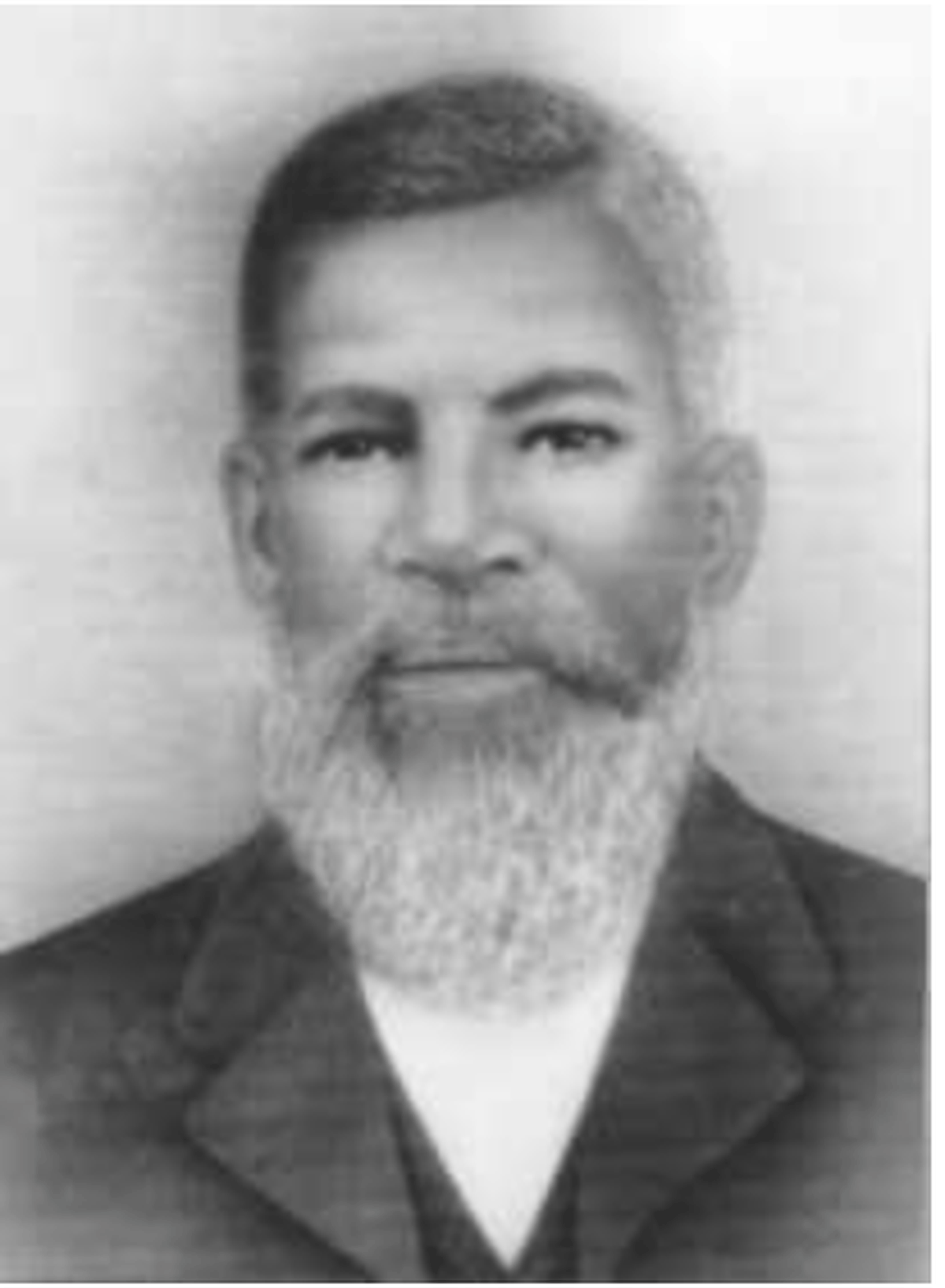“Jul, enfant de couleur libre” is what the baptismal record indicated when I received a copy of the Certificate of Baptism obtained by professional genealogist Judy Riffel. I hired Judy to fill in the gaps in my research, and she delivered! Born in Pointe Coupee Parish, Louisiana, at the time of slavery, Jules was an infant of free color! According to American law, a child took the mother’s status. This means that Jules’ mother was free.
Jules’ mother was born in Virginia, which suggests that she was enslaved and gained her freedom in Louisiana. The Certificate of Baptism was a godsend. It was a primary source for Jules’ baptism and included the names of his mother, sponsors, and the church where he was baptized. More importantly, it was a secondary source for his birthdate … which I did not have!
When I hired Judy, I wanted an answer to my research question: Was Jules Bayonne enslaved? I sent her everything I found about the Bayonne family. After Judy reviewed my documents, she asked if I had contacted the Diocese of Baton Rouge for a search of slave baptismal records. Being a newbie in genealogy, I knew nothing about the Diocese or the slave baptismal records housed there.
It was as if Jules had emerged to adulthood without a childhood. Thirty years of research for Jules has revealed nothing of his early years. Nothing is known about his parents besides his mother’s first name on the baptismal record, his father’s name on Jules’ marriage license (his mother’s name is illegible), and his father’s birthplace on the 1900 Pointe Coupee Parish Federal Census. I do not know if he has siblings or not.
Jules learned to read and write, but how, when, or where are mysteries?
Many Black people left Louisiana after the Civil War, but Jules was not one of them.
Forty days after the 1870 Federal Census, the first census to enumerate formerly enslaved people by name, Jules and Francois Francis, a farm laborer at the Parlange, purchased 71 arpents (one arpent is two-thirds of an acre) of land between present-day communities of Frisco and Livonia for $1,000. Their tract of land was bounded on the east by the Parlange Plantation.
Between 1870 and 1880, Jules left his domestic servant job at the Parlange and began working on his property. When the census taker visited John Randall’s household in Pointe Coupee Parish in 1880, he found Jules Bion (sic) residing there with Victorine, John’s daughter, and their 6-month-old son. Jules was enumerated as a son-in-law. All were identified as farm laborers.
The 1900 federal census of Pointe Coupee Parish provides a statistical snapshot of the Bayonne family. Jules, head of household, and his wife, Victorine, are now the parents of 10 children, only nine of whom were enumerated. The census also shows that they were married for 22 years, suggesting a marriage around 1878 and before the formal one in 1890. Jules is enumerated as a farmer on his home farm. This is the only census that includes most of the family.
Jules lived only three years after the 1900 census was taken. Jules Bayonne was 59 years old when he was buried. The cause of death is not known, but I suspect it was tuberculosis. I discovered two of his daughters and his grandson died from tuberculosis. Jules was buried in St. Mary’s Catholic Church Cemetery in New Roads, Louisiana.
Victorine was enumerated as the head of household in the 1910 and 1920 censuses. She was noted as a farmer on both censuses. Two of her children lived at home; two grandchildren lived with her in 1920 after her daughter’s death. Victorine died on Nov. 28, 1929, from uterine carcinoma. She was residing with her daughter Edwidge in New Orleans at the time of her death. I suspect Victorine went to New Orleans for cancer treatment at Charity Hospital. She is buried in St. Mary’s Cemetery.
